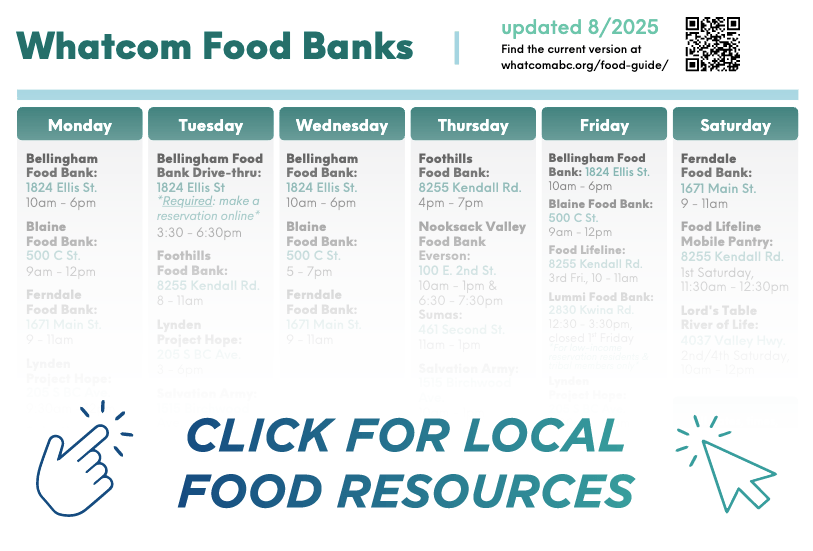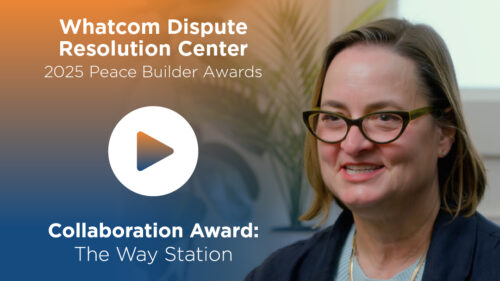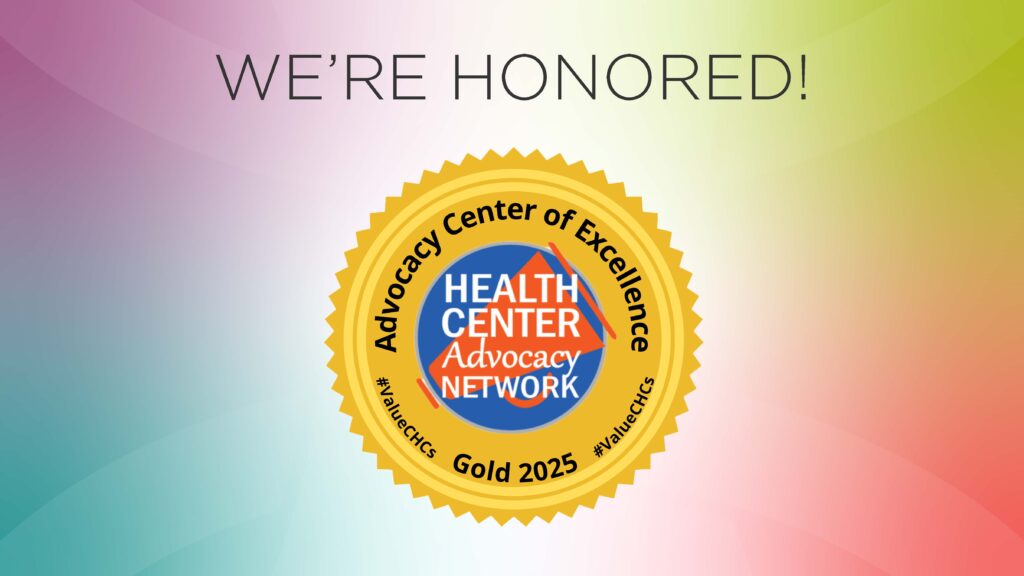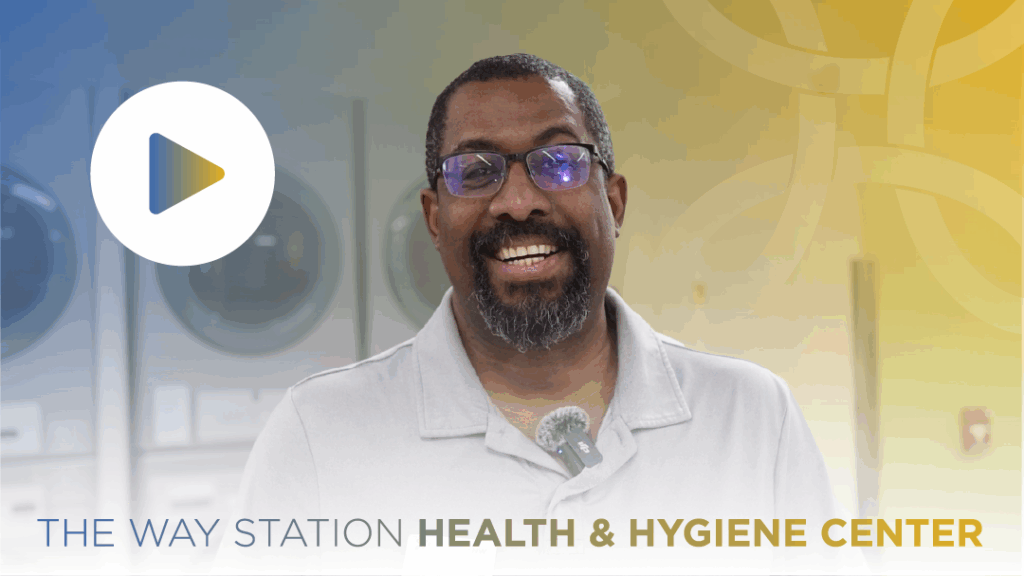When nurse practitioner Anne Slater began her career in health care, she saw firsthand how small, untreated medical issues could become life-altering simply because people couldn’t get the care they needed early enough. She also saw the opposite — how compassionate, timely treatment could restore health and hope.
Today, as a medical provider with Unity Care NW at The Way Station Health & Hygiene Center, Slater brings that same compassion to her work with individuals and families experiencing homelessness in Whatcom County.
“The Way Station is a place where people can come to meet their basic needs and access care in one stop,” Slater explains. “They can take a hot shower, do their laundry, and get medical or mental health support — all in a safe, welcoming space.”
Where Basic Needs and Compassionate Care Meet
Since opening just over a year ago, The Way Station has served more than 1,300 people. It’s become a vital hub in downtown Bellingham, offering not just health care but a connection point to resources that support stability and healing.
Slater recalls one patient who came in regularly to use the showers and laundry facilities. “Over time, we built trust through small conversations,” she says. Eventually, the patient shared his health concerns, and Slater was able to see him for an exam. They began addressing issues before they turned into more serious problems, and she connected him with additional services. “Now, his health is improving, and his confidence is growing,” she says.

Unity Care NW delivers whole-person care by surrounding each patient with the support they need — pharmacy services, dental care, behavioral health, insurance help, and connecting them to food resources and transportation.
Treating the Whole-Person
That story reflects Unity Care NW’s model of whole-person care — an approach that considers all aspects of a person’s well-being. If a patient needs mental health
support, they’re connected immediately. If they need food, transportation, help with insurance, or assistance scheduling appointments, Community Health Workers step in. Medications and immunizations are available just a few blocks away at Unity Care NW’s pharmacy, and our walk-in dental clinic is ready to treat urgent needs.
Across our four health centers in Whatcom County, Unity Care NW provides affordable, high-quality care to more than 25,000 patients, regardless of their ability to pay. Our mission is simple: to increase the years of healthy life in the people and communities we serve.
Join us in Expanding Access to Care
For Slater, that mission is personal. “A person experiencing homelessness lives, on average, 30 years less than someone with stable housing,” she says. “At Unity Care NW, we’re working to change that, one patient at a time.”
You can help Unity Care NW ensure health care for everyone in Whatcom County. Make a donation at UnityCareNW.org/Give today.








 To learn more:
To learn more: